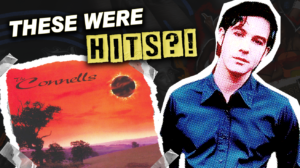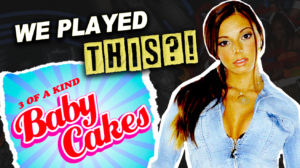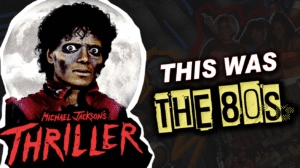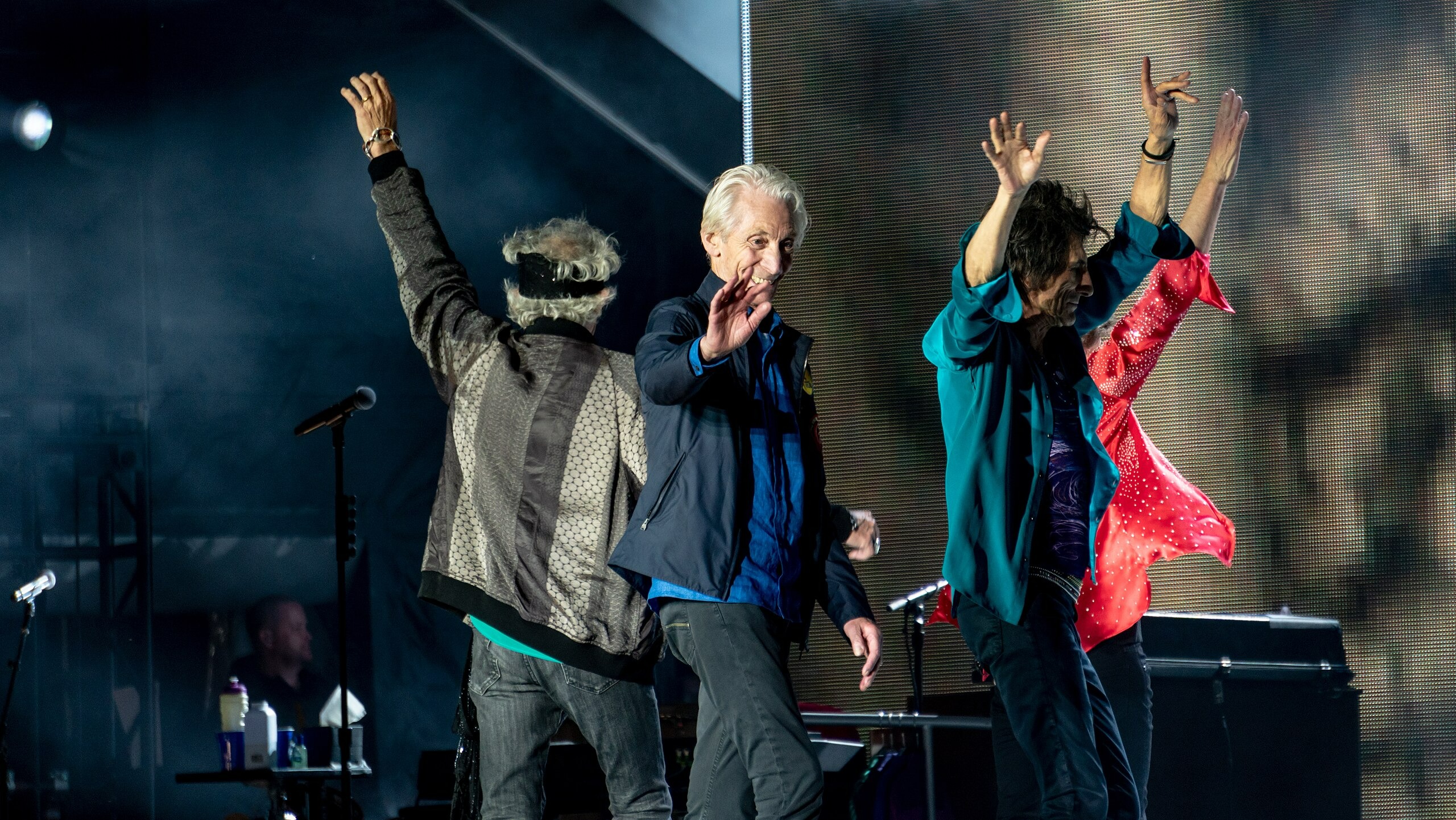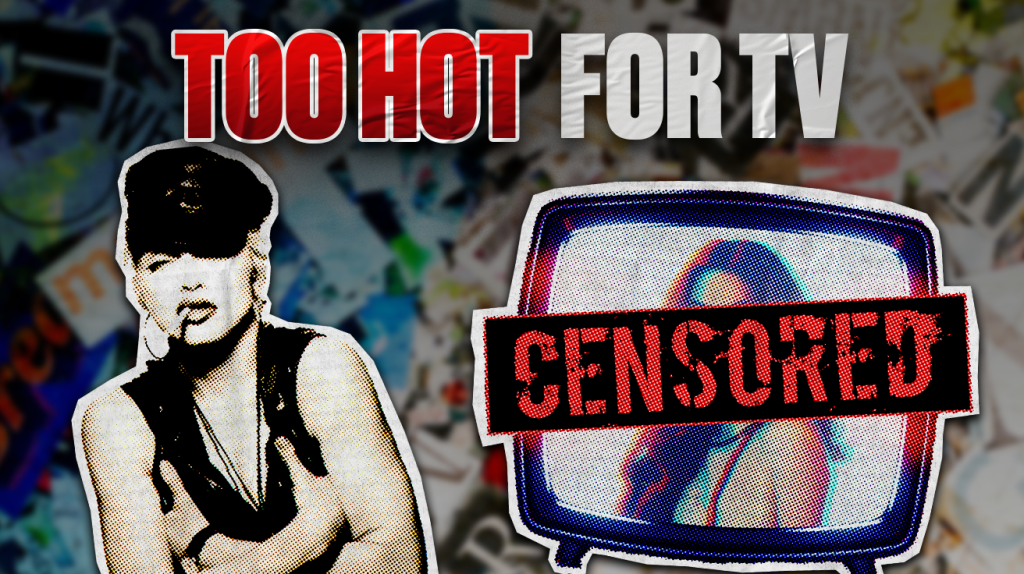
Music videos have always pushed boundaries, but some crossed lines that made network executives panic. These clips courted controversy and sparked outrage during prime time while shareholders watched in horror. From religious imagery that triggered congressional hearings to violence that made focus groups uncomfortable, these videos created major headaches for networks. The most memorable art often happens to be exactly what executives don’t want you to see. You’ll recognize household names plus surprises that somehow escaped boardroom oversight.
10. Justify My Love – Madonna (1990)
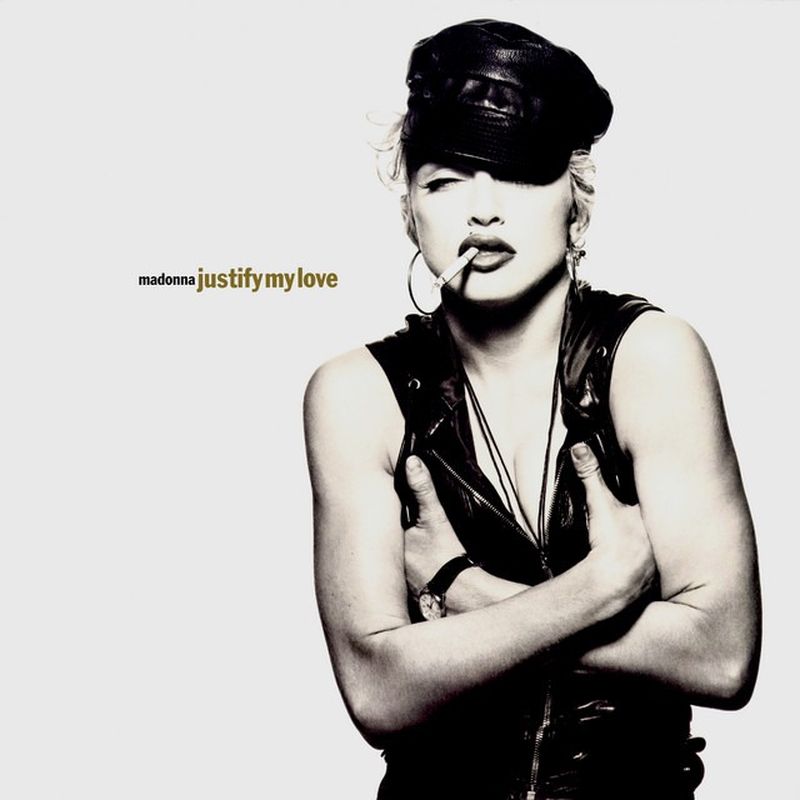
Madonna turned MTV’s ban into the music industry’s first masterclass on direct-to-consumer marketing genius that MBA programs still study today. When the network rejected her $5 million video’s BDSM and bisexual themes, she bypassed traditional channels entirely and sold it directly to fans as a $9.95 video single—pioneering distribution methods that predicted today’s OnlyFans economy.
The controversy became a cultural phenomenon that transcended music completely, with Barbara Walters interviewing Madonna about artistic expression on primetime television. Her raw sexuality challenged conservative attitudes while creating a business model that made record executives frantically scribble notes between panic attacks. The ban amplified sales exponentially, proving forbidden fruit tastes sweetest when authorities hold press conferences forbidding that first bite.
9. Born Free – M.I.A. (2010)

M.I.A. created a fictional genocide against red-haired people to highlight real-world oppression, delivering social commentary with the subtlety of a brick through Google’s headquarters window. YouTube briefly pulled the video in twelve countries before reinstating it with age restrictions, sparking heated debates about algorithmic censorship that continue trending on Twitter whenever someone mentions artistic responsibility.
The video functions like entertainment’s ultimate Trojan horse—viewers expect a typical pop clip and get confronted with brutal imagery that forces uncomfortable dinner table conversations about ethnic cleansing. This approach transforms passive scrolling into unwilling activism, proving effective protest art often disguises itself as something your mom might accidentally share on Facebook.
8. Closer – Nine Inch Nails (1994)
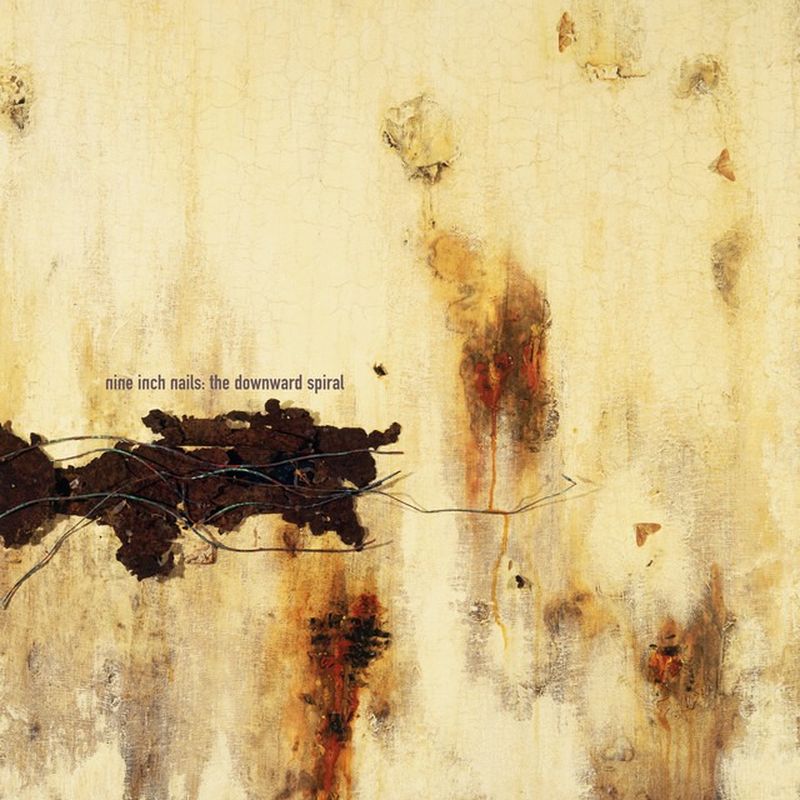
Trent Reznor crafted a fever dream mixing religious iconography with sexual imagery that made MTV censors work triple overtime shifts they definitely hadn’t budgeted for. The $1 million video got banned faster than anyone could say “advertising boycott,” forcing the network to create seventeen different edited versions while somehow maintaining narrative coherence and avoiding total creative surrender.
The video represents industrial music’s peak ability to disturb mainstream audiences while creating lasting artistic impact that spawned countless film school thesis papers. Nine Inch Nails proved that combining sacred and profane imagery could generate decades of think pieces about artistic freedom versus religious sensitivity, with MTV2 eventually airing the uncensored version in 2002 after the statute of limitations on outrage expired.
7. Smack My B**** Up – The Prodigy (1997)
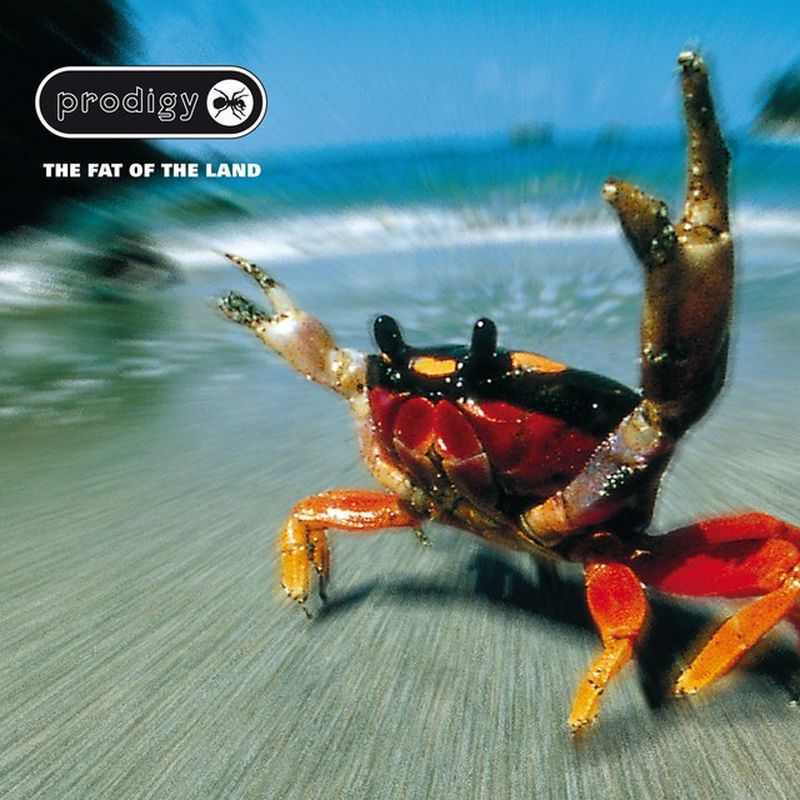
The Prodigy delivered a gender-flip twist worthy of any Shyamalan thriller with their first-person POV video of a destructive night out that cost £300,000 to produce. The BBC and most other stations banned it immediately, with feminist groups protesting outside record label offices before anyone reached the revelation that reframes everything viewers thought they understood about perspective and assumption.
The video’s final reveal—that viewers have been watching through a woman’s eyes the entire time—transforms audience assumptions about gender and agency completely. This narrative technique creates one of music video history’s most effective plot twists, though the controversy overshadowed the artistic achievement until film studies professors started analyzing it twenty years later.
6. Girls on Film – Duran Duran (1981)
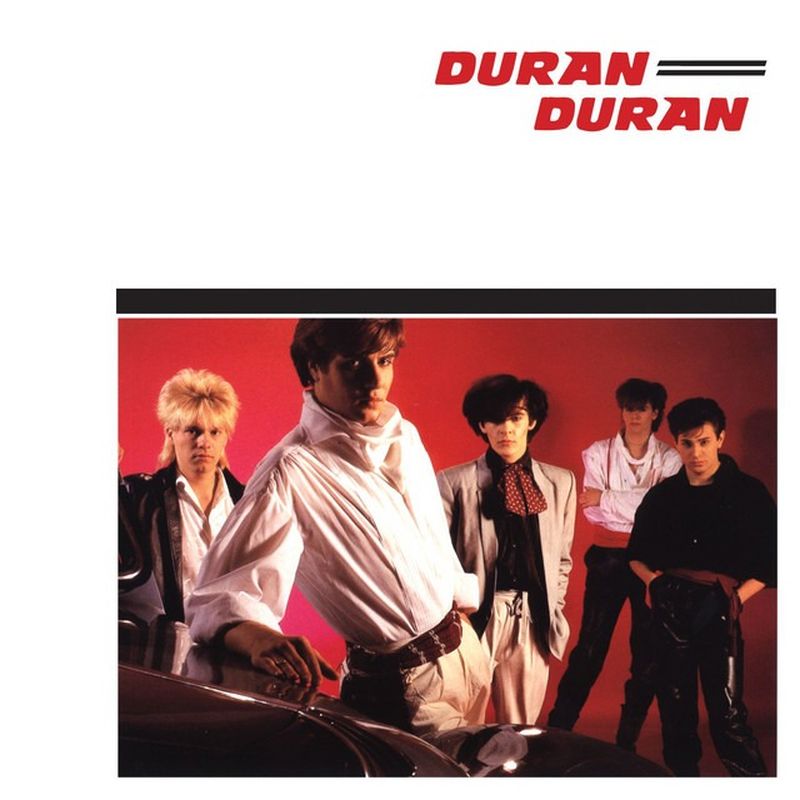
Duran Duran created three minutes of erotic wrestling and nudity that transformed MTV programmers into amateur censorship editors working weekends they hadn’t planned. The uncensored version became legendary in nightclubs and late-night cable programming, while a sanitized cut aired on mainstream television for audiences deemed too fragile for the full experience of seeing actual human bodies.
The video resembled a Helmut Newton fever dream directed by someone who’d never heard of employment lawsuits, establishing MTV controversy precedents that corporate lawyers still reference today. This boundary-pushing effort demonstrated how sexually explicit content would be handled for decades, proving that creating lasting cultural impact often requires venturing into territory where insurance companies start making concerned phone calls.
5. What It Feels Like for a Girl – Madonna (2001)
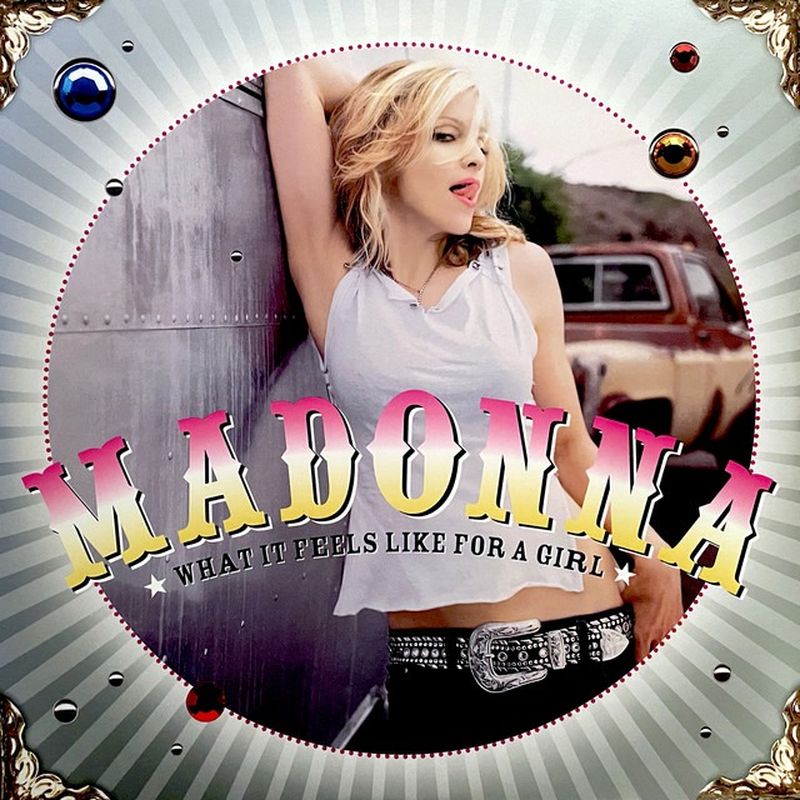
Madonna flipped gender expectations by portraying herself as the violent protagonist instead of the victim everyone expected, spending $2 million to destroy actual Los Angeles storefronts. Multiple stations banned the video after one airing for its aggressive content, including scenes of elderly joyriding and ATM destruction that made network programmers genuinely nervous about copycat incidents and potential lawsuits.
The reversed power dynamics sparked conversations about double standards in media representation that felt revolutionary in 2001’s post-Columbine cultural climate. Watching a female character embrace destructive behavior challenged audiences to confront their assumptions about gender and violence while questioning why similar male-driven content rarely generated equivalent pearl-clutching from conservative watchdog groups who suddenly discovered they had strong opinions about artistic expression.
4. Body Language – Queen (1982)
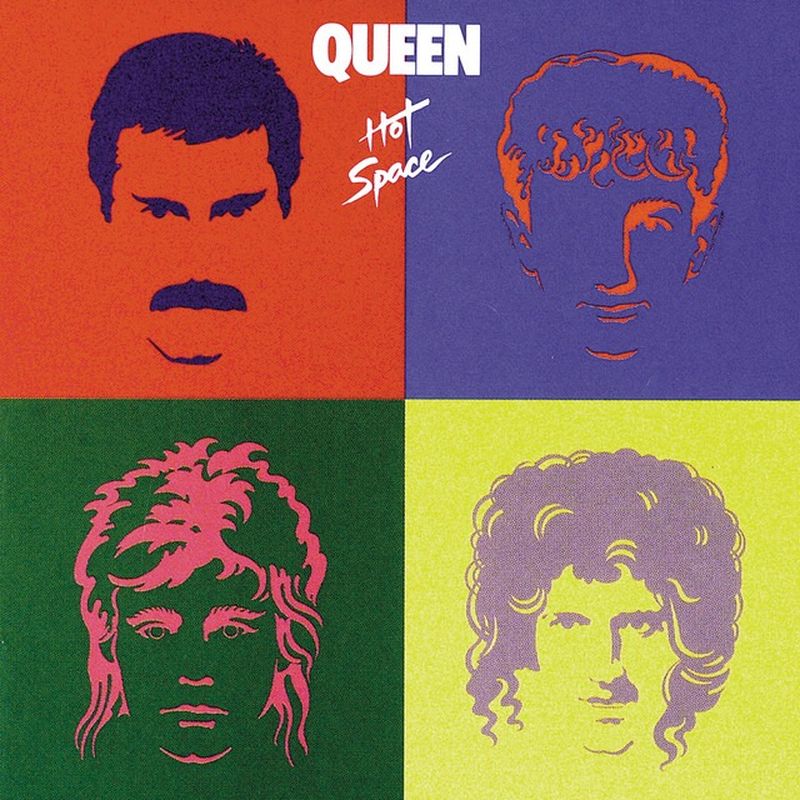
Queen cranked up the heat with steamy sauna visuals that made MTV reach for industrial-strength air conditioning and emergency board meetings about content standards that nobody had bothered defining yet. The sexually suggestive choreography and provocative imagery landed among the network’s first official bans for sexual content, creating precedents that legal departments still cite in training materials.
The video became a cultural case study in how sexual content translates across different audiences and regions, with European markets embracing what American advertisers rejected faster than a telemarketer’s pitch. Queen’s ability to generate controversy while maintaining artistic integrity demonstrated their mastery of multiple entertainment mediums beyond just creating stadium anthems that make entire crowds question their life choices.
3. Happiness in Slavery – Nine Inch Nails (1992)

Performance artist Bob Flanagan getting tortured by machinery while industrial metal pounds wasn’t exactly prime-time material for families eating dinner together. This $500,000 video disappeared from MTV faster than free drinks at an industry party, staying buried until the 1997 Closure video collection finally gave fans access to what they’d been hearing about in whispered conversations at record stores.
The extreme violence and S&M themes created a viewing experience that felt more like witnessing performance art than consuming entertainment designed for mass consumption. Nine Inch Nails crafted something so genuinely disturbing that finding bootleg copies became an underground mission among dedicated fans willing to trade questionable VHS duplicates like contraband cigarettes in high school bathrooms.
2. Dead End Street – The Kinks (1966)
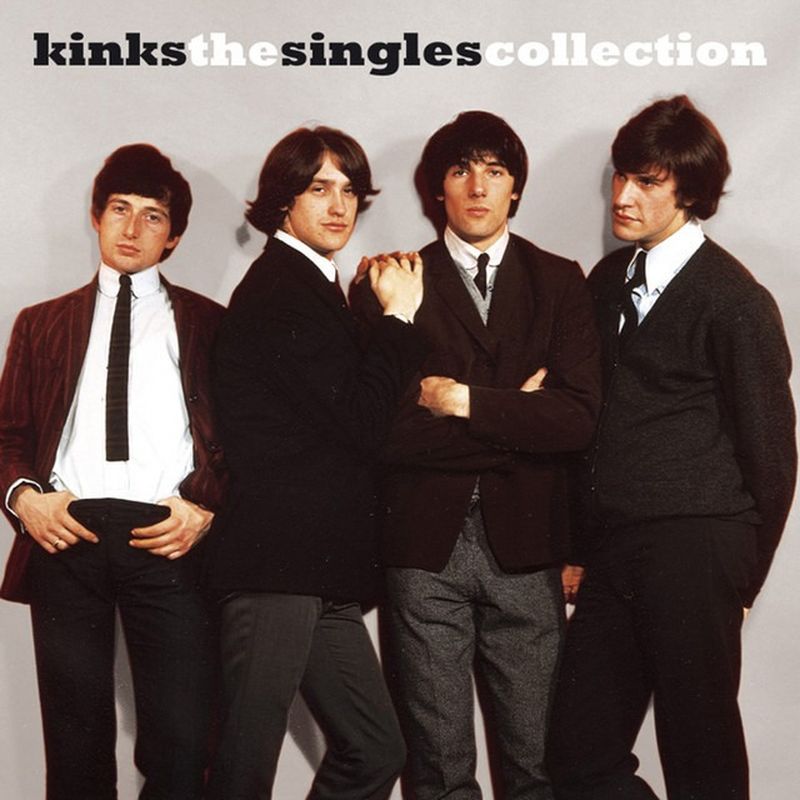
The BBC banned one of Britain’s first music videos for being too honest about poverty that politicians preferred remained photographically undocumented. The Kinks dressed as Victorian undertakers and filmed among London’s working poor for £200, creating imagery that made network executives profoundly uncomfortable about their own comfortable viewing demographics who might start asking awkward questions about social responsibility.
This early censorship example reveals how art intersects with class consciousness in ways that make power structures genuinely nervous about maintaining comfortable illusions. The black-and-white footage hit harder than expected because it showed genuine struggle instead of manufactured rebellion that could be safely consumed, forgotten, and transformed into merchandise that middle-class teenagers could buy to feel edgy without actually changing anything.
1. Bombs – Faithless (2007)
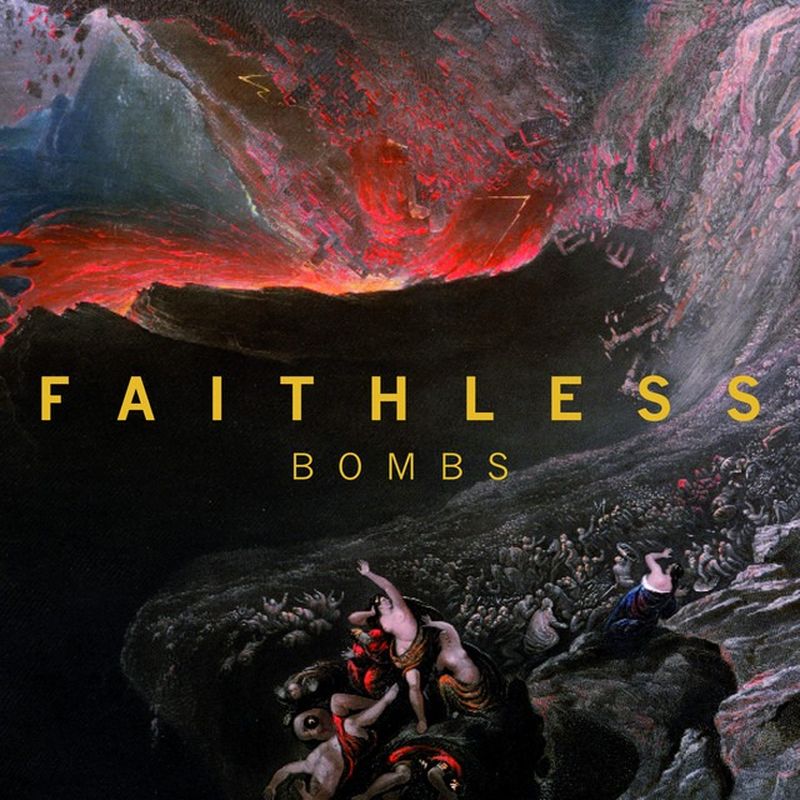
Faithless contrasted everyday Western shopping mall life with jarring footage of civilian casualties and Middle Eastern bombings, creating a video that doubled as war documentary journalism that made comfortable viewers extremely uncomfortable with their Starbucks purchases. MTV refused to air it due to violent content that might interrupt advertising revenue from military contractors and luxury brands targeting demographics who prefer their global conflicts properly sanitized.
The stark imagery forces viewers to confront the reality of conflict while living in relative safety and privilege that most people work very hard to maintain without thinking too deeply about the costs. This approach mirrors Vietnam-era protest anthems but hits harder because visual evidence trumps lyrical metaphors every time, creating something that functions more like investigative reporting than entertainment designed to sell energy drinks and designer jeans.




